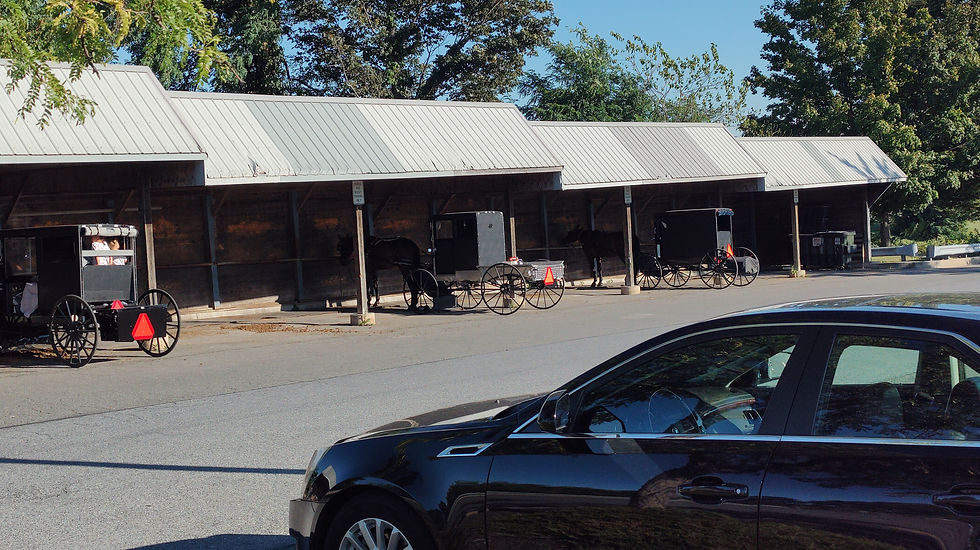Bonjour de la ville de Québec
- jsbergauer1
- Jun 25
- 3 min read
Updated: Jul 2
We are in Quebec City until June 27th when we leave the cities and head to the coast and the less inhabited areas of the Eastern Provinces. Like Montreal, the City of Quebec is French speaking, although many, do speak English, especially those in the tourist trade. On our first day tour of the city, we headed via bus to Old Quebec. What a wonderful place! If you didn't know better, you would swear you are in Paris. Old Quebec is split into two sections, the upper City and the lower city. The upper city is the only walled city in North America, while the lower city is outside the walled portion. It is bordered on the east by the Fleuve Saint-Laurent. In Quebec, when a river runs to the sea or a large lake it is called a Fleuve, while a river that runs to another river or smaller lake is called a "riviere."
We were dropped off at the entrance to the lower city and entered a truly wonderful area. The old city is very walk-able or bike-able. The Chateau Frontenac literally towers over the old city and is visible from all over the old city. It is owned by Fairmont Hotels, and is where we will have our lunch today. During the Quebec Conferences of World War II, held in 1943 and 1944, Winston Churchill, as Prime Minister of Great Britain, stayed at the Citadel, the Governor-General's residence, while the majority of the British delegation, including the Combined Chiefs of Staff, were accommodated at the Fairmont Le Château Frontenac. It was at the 1944 meeting that the D-Day plans were hatched.

View of the hotel from the lower city. Samuel de Champlain founded the city of Quebec, the first permanent European settlement in Canada, on July 3, 1608. Champlain was a French explorer who is known as the father of New France, the French colonial empire in North America. Once the fir trade started things moved pretty quickly with the St. Lawrence becoming, and is still today ,a major economic waterway. This caught the British Empires eye, they were interested in the strategic and economic aspects while at the same time they wanted to eliminate the French power in North America. The British knew that by taking the city, that they would open up the interior for British expansion. The Battle of Quebec was during the seven years war and occurred in September 1759. After several weeks of ill fated attempts to take the city, and a constant bombardment, reconnaissance of the river had revealed a cove to the west of the fortress that could be accessed by flat-bottomed landing craft. In the early hours of 13 September 1759, Wolfe landed there with his men. At the same time, the British fleet launched a diversionary attack to distract the Quebec garrison. Gen Wolfs men scaled the cliffs and worked their way up a small path the French had used to transport goods to the fortress on top to bypass the siege. When Wolfs men reached the top a vast open area, now called the Plains of Abraham after Du Champlains ship pilot, it was empty of French soldiers. Gen. Montcalm had most of his men on the other side believing the English attack was coming from the direction of the diversionary attack. Wolf sent a man to tell the French to surrender, Montcalm didn't believe him and sent his own runner back to verify. When the French moved against the British, superior training of the British opened a volley of rifles to greet the French when they finally did attack. The battle was over in about two hours and effectively ended the French rule in Canada. We will be heading up the Gaspe Peninsula and will be there until the 4th of July. More pictures coming, if the internet will cooporate.



Comments